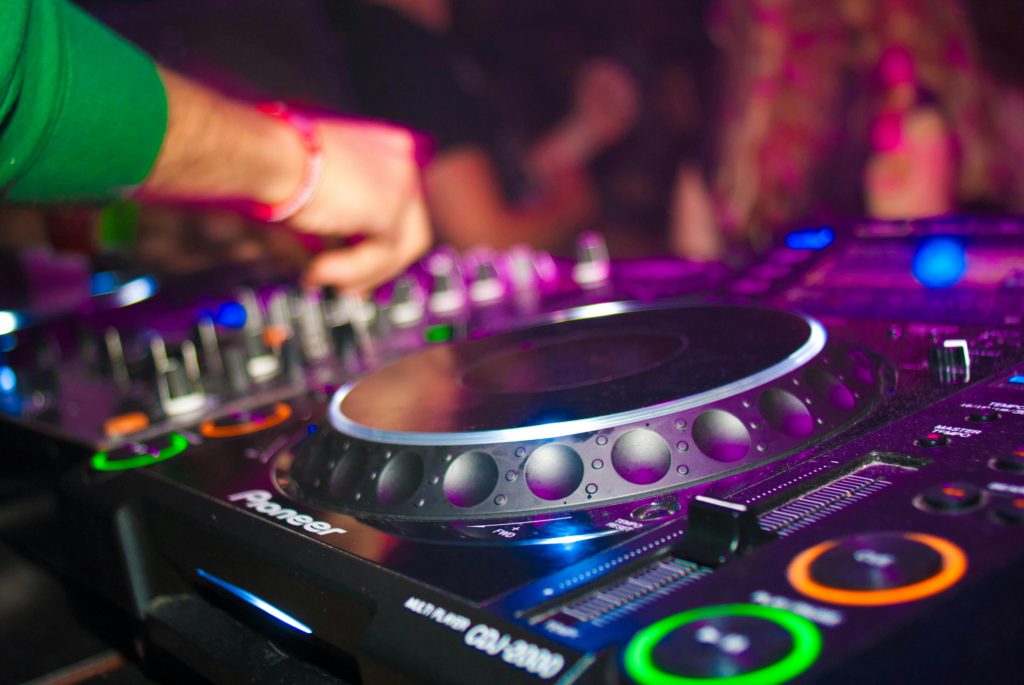EDM stands for Electronic Dance Music. It is simply beats and melodies mixed together to create a great tune. It’s something that gets people to the dance floor. EDM really has evolved over time.

Electronic Dance Music (EDM) has become a global phenomenon. Dominating airwaves, festivals, and clubs around the world. Its infectious beats and euphoric melodies have captivated millions of listeners. With entire festivals dedicated to the genre, and more artists dipping into the trend, even if only slightly – where did it come from?
The birth of electronic music
The seeds of EDM were planted in the mid-20th century with the advent of electronic instruments and experimental sound manipulation techniques. Pioneering artists like Karlheinz Stockhausen, Kraftwerk, and Wendy Carlos pushed the boundaries of music. They did this by incorporating synthesizers, tape loops, and other electronic elements into their compositions.
The rise of disco
In the 1970s, disco emerged as a vibrant and influential genre. Blending funk, soul, and electronic elements into infectious dance floor anthems. Artists like Donna Summer, Giorgio Moroder, and the Bee Gees dominated the charts with their pulsating rhythms. As well as shimmering production, laying the groundwork for the dance music revolution to come.
The birth of house and techno
The early 1980s saw the rise of house and techno music in underground clubs across Chicago and Detroit. DJs and producers like Frankie Knuckles, Larry Heard, Juan Atkins, and Derrick May embraced drum machines, synthesizers, and sequencers. This was to create a raw and futuristic sound that captivated audiences with its hypnotic groove and otherworldly textures.
The rave era
By the late 1980s and early 1990s, rave culture exploded onto the scene. Fuelled by the rise of MDMA and a newfound sense of euphoria and unity. Massive outdoor parties and warehouse raves became the epicentre of a new youth movement. With DJs like Carl Cox, Sasha, and John Digweed leading the charge with their marathon sets of high-energy beats.
The global dance revolution
As the 21st century dawned, EDM began its meteoric rise to mainstream prominence. Festivals like Tomorrowland, Ultra Music Festival, and Electric Daisy Carnival attracted massive crowds with their star-studded line-ups and immersive production values. While artists like David Guetta, Calvin Harris, and Swedish House Mafia dominated the charts.
The future of EDM
Today, EDM continues to evolve and innovate. Embracing new technologies and pushing the boundaries of sonic experimentation. Subgenres like dubstep, trap, and future bass have emerged. Each bringing its own unique flavour to the dance music landscape. As EDM continues to shape, its electrifying beats will keep us dancing for years to come.
The origins of EDM are deeply rooted in electronic music history. From its experimental beginnings to its explosive rise to mainstream prominence. By tracing the evolution of EDM, we gain a deeper appreciation for the genre’s diverse influences and timeless appeal. Reminding us that at its core, EDM is more than just music – it’s the power of the dance floor.






